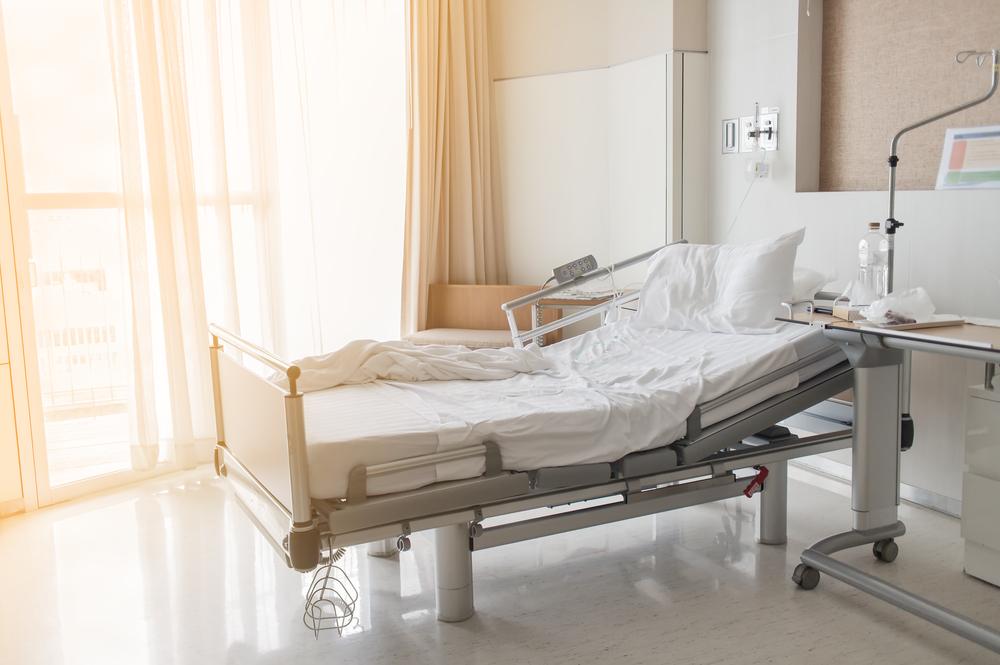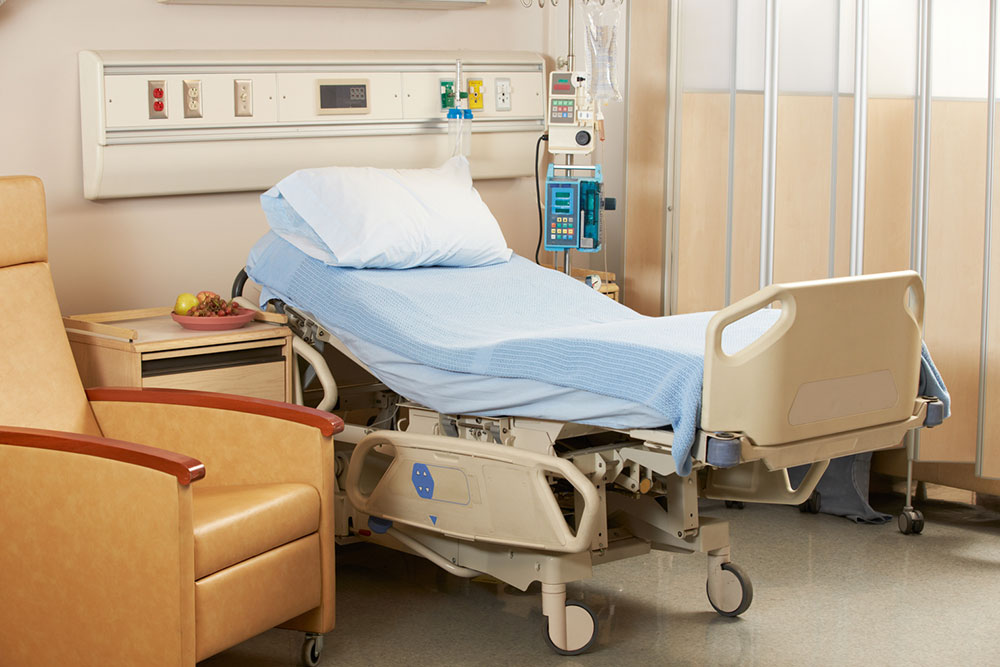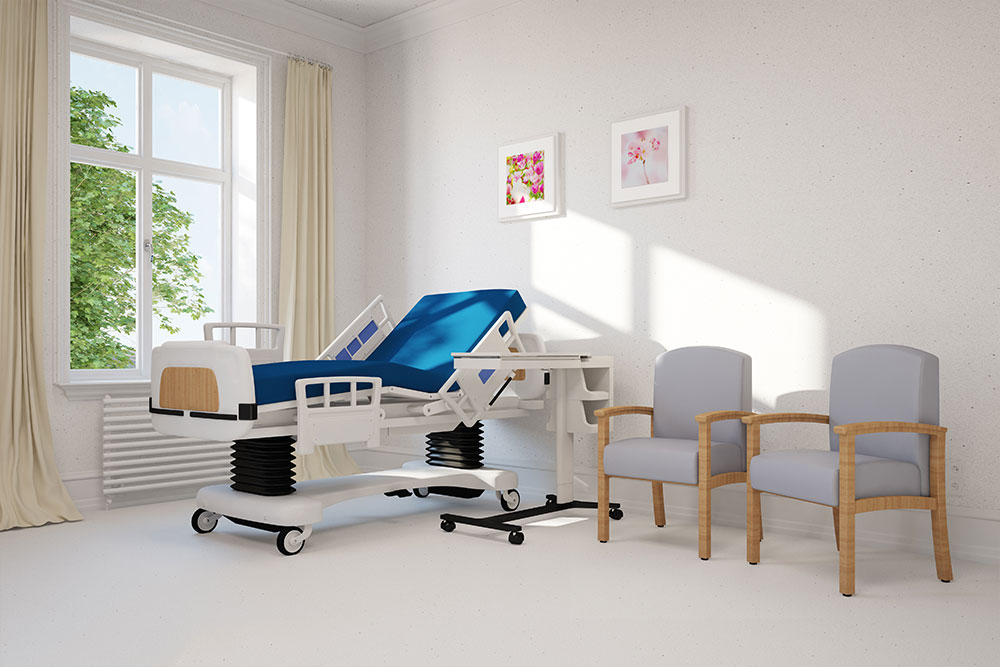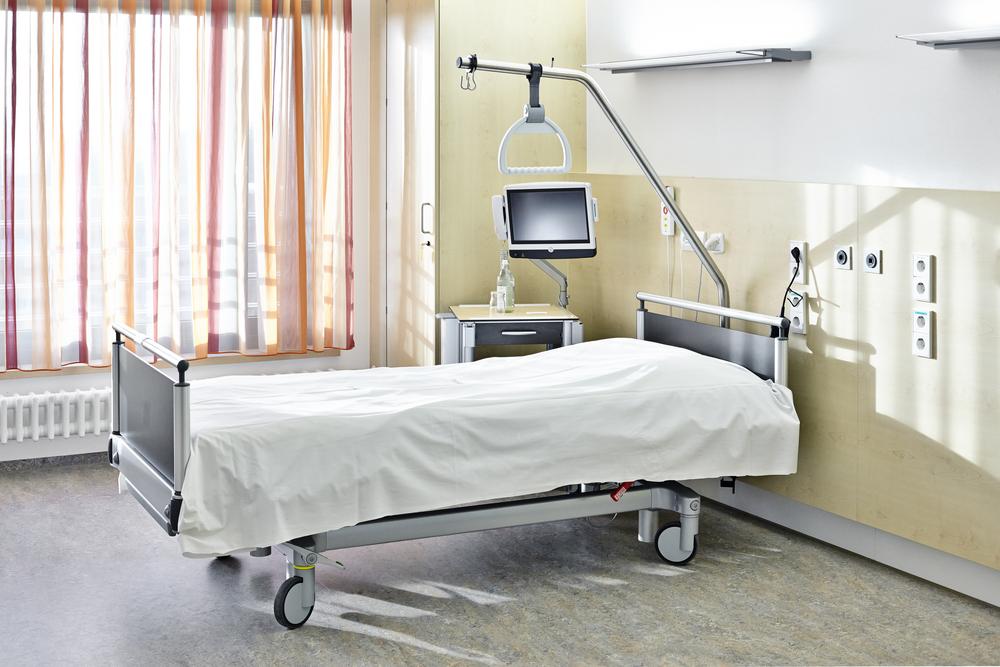Comprehensive Guide to Choosing Comfortable Hospital Beds for Home Care
This comprehensive guide offers valuable insights into selecting the perfect hospital bed for home use, covering essential features like adjustability, safety, and comfort. Learn how to identify the right specifications and functionalities to enhance safety, improve comfort, and meet specific health needs for a better home care experience.
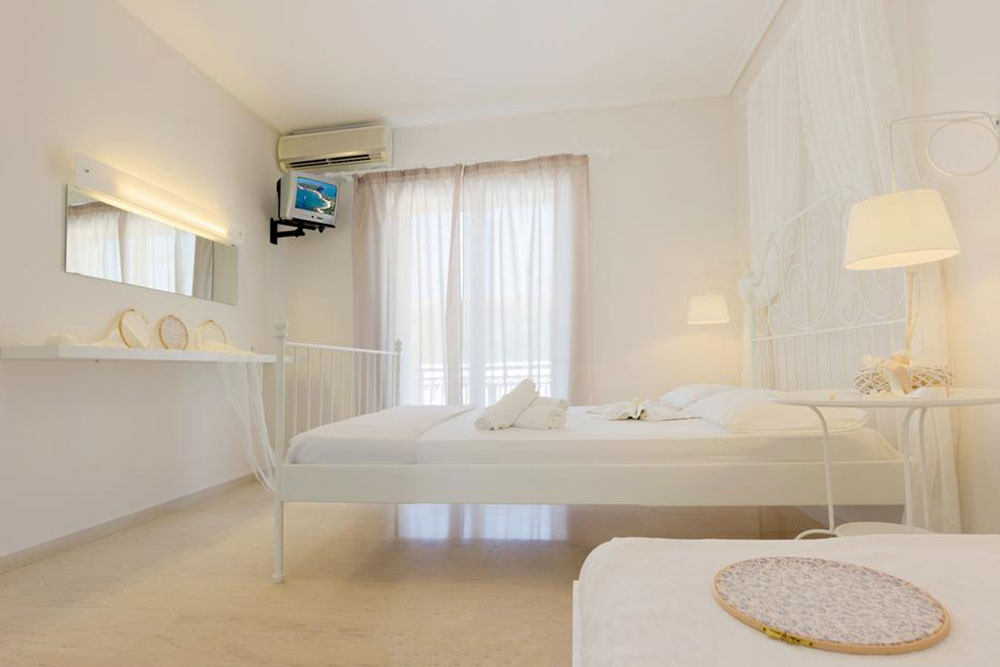
Essential Tips for Selecting the Perfect Hospital Bed for Your Home
Choosing the right hospital bed for home use is a crucial decision that can significantly impact comfort, safety, and convenience for both patients and caregivers. While the process may seem overwhelming at first glance, understanding key factors and features can simplify your selection process. In this guide, we will explore all essential aspects to consider when purchasing a hospital bed for home use, helping you make an informed choice that best suits your needs.
Identifying Essential Bed Features
Home hospital beds are typically constructed from durable materials such as sturdy wood or medical-grade steel. Common features include adjustable height settings and side rails for safety. To streamline your decision-making, start by listing your must-have attributes. Think about aesthetic preferences like color and style, as well as functional features such as mattress compatibility and mobility options. This pre-planning ensures you focus on beds that meet your specific needs, reducing time spent on unsuitable options.
In addition to basic features, consider advanced functionalities like compatibility with air mattresses for pressure relief, remote control operation for easier adjustments, and secure side rails to prevent falls. Ensuring these features are included will enhance both safety and comfort, making the bed more suitable for long-term use or specific health conditions.
Evaluating Adjustable Profiling Bed Platforms
One of the most crucial considerations when selecting a hospital bed for home use is whether the mattress platform can be adjusted in various positions. Modern profiling beds come equipped with multiple adjustable features such as backrest elevation, leg raising, and knee break. These adjustments can typically be controlled via a remote, providing ease of use for both patients and caregivers. Before making a purchase, verify if the bed offers these adjustable profiling options to improve positioning flexibility, facilitate rehabilitation, and enhance overall comfort.
Optimal Height Range for Safety and Convenience
The height of a hospital bed is measured from the mattress platform to the floor, with adjustable ranges offering increased flexibility. A standard height range for home hospital beds is usually between 40cm and 80cm, supporting ease of access and safe transfers. Selecting a bed with an appropriate height range helps reduce strain for caregivers and minimizes the risk of injury during bed transfers or repositioning. Make sure to choose a bed with height capabilities that align with the user’s height and mobility level.
Lower Beds for Fall Prevention
Falling from a bed can result in serious injuries, especially among elderly or mobility-impaired individuals. Beds that can be lowered to as little as 20-25cm from the ground offer enhanced safety by reducing fall risk. These lower beds are particularly beneficial for users who are prone to falling or those who require frequent transfers. Many newer beds also feature side rail options as alternatives to lower beds, providing additional safety measures. When safety is your primary concern, opting for a lower profile bed can provide peace of mind for caregivers and patients alike.
Trendelenburg and Anti-Trendelenburg Positions
Some hospital beds come with specialized tilt features such as the Trendelenburg position, where the bed tilts to elevate the legs above the head. This repositioning was originally designed for surgical procedures but is now valued for its therapeutic benefits and comfort, particularly in managing circulation issues or respiratory conditions. Conversely, the anti-Trendelenburg position tilts the bed so that the head is higher than the legs, offering additional comfort and aiding in recovery from certain medical conditions. Understanding these tilt options helps in selecting a versatile bed that can support various health needs.
Choosing the right hospital bed for home use involves careful consideration of multiple factors, including safety features, adjustments, and ergonomic design. By understanding and evaluating these elements, you can find a bed that not only offers comfort but also promotes safety, supports recovery, and enhances quality of life. Whether you need a simple adjustable bed or a sophisticated profiling hospital bed with tilt functions, making an informed choice now can ensure peace of mind and a better living environment for your loved ones.
